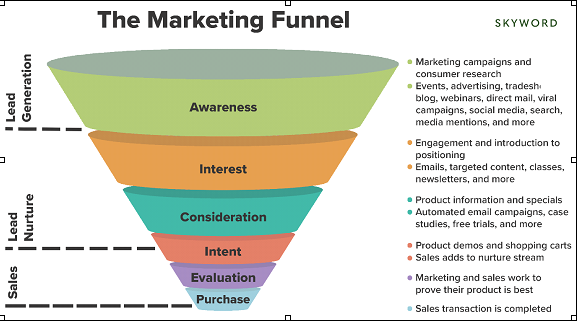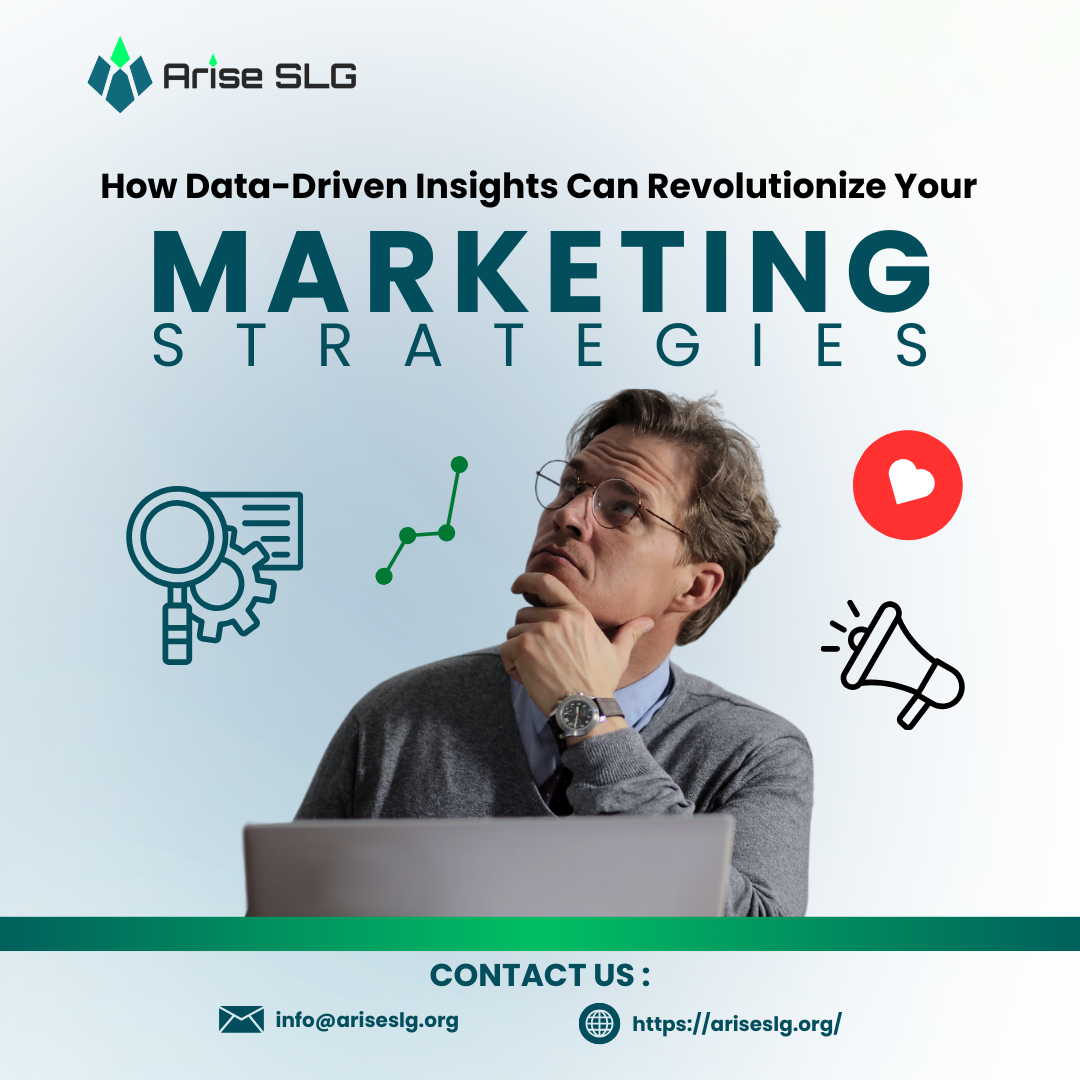The rise of data analytics has revolutionized how companies strategize, enabling more targeted, efficient, and impactful marketing efforts. Data-driven insights allow companies to move beyond guesswork and make informed decisions that are grounded in facts.
The Power of Data in Marketing: Data-driven marketing is built on the ability to collect and analyze data to guide decision-making. It involves gathering customer information, industry trends, and competitor analysis to create comprehensive strategies. By leveraging data, companies can:
⦁ Identify customer preferences and tailor their campaigns accordingly.
⦁ Measure marketing performance in real time.
⦁ Predict future trends and behaviors.
For example, businesses using CRM systems can track customer journeys, sales patterns, and engagement data, enabling them to create personalized marketing efforts that resonate more effectively with their target audience.
Coca-Cola’s Data-Driven Campaign: A great example of data-driven marketing success is Coca-Cola’s “Share a Coke” campaign. Coca-Cola used data analytics to personalize their products, printing common first names on Coke bottles. The campaign used data from social media and customer feedback to identify the most popular names and trends.
By using consumer data and insights, Coca-Cola tapped into a personal connection with customers, driving engagement and boosting sales. The campaign was hugely successful, leading to increased social media engagement and a 2% rise in sales in the U.S. The combination of real-time feedback and data analysis allowed Coca-Cola to refine the campaign continuously, ensuring that it resonated with their audience at a personal level.

Steps to Implement a Data-Driven Marketing Strategy:
⦁ Start with Clear Objectives: Before diving into data, you need clear, measurable goals. Are you trying to increase brand awareness, boost sales, or improve customer retention? By defining your objectives, you can better assess which data sets will be the most valuable.
⦁ Leverage the Right Tools: Tools like Google Analytics, CRM systems, and social media insights allow you to gather vast amounts of data on your target market. Choosing the right tools tailored to your business needs is critical.
⦁ Segment Your Audience: Use data to segment your audience into specific groups. This could be based on demographics, behaviors, or purchasing patterns. By understanding who your most profitable customers are, you can tailor campaigns to speak directly to them.

One of the greatest benefits of data-driven marketing is the ability to continuously optimize campaigns. Regularly monitoring performance and feedback allows marketers to pivot strategies in real time, ensuring their efforts remain aligned with business goals.
Conclusion:
In a world where data is more accessible than ever, integrating data into your marketing strategy is no longer optional—it’s essential. Businesses that effectively leverage data to drive marketing decisions are the ones that will lead the pack. By combining insights with creativity, marketers can revolutionize their strategies, providing customers with the experiences they crave while driving measurable business growth.
At Arise SLG, we specialize in helping businesses harness the full potential of data-driven marketing. Our team works closely with clients to identify key business objectives, implement the right data tools, and turn complex data into actionable insights. Whether it’s through audience segmentation, predictive analytics, or optimizing campaigns, we ensure that your marketing strategy is not only data-informed but also aligned with your business goals to drive measurable growth.



Leave a Comment